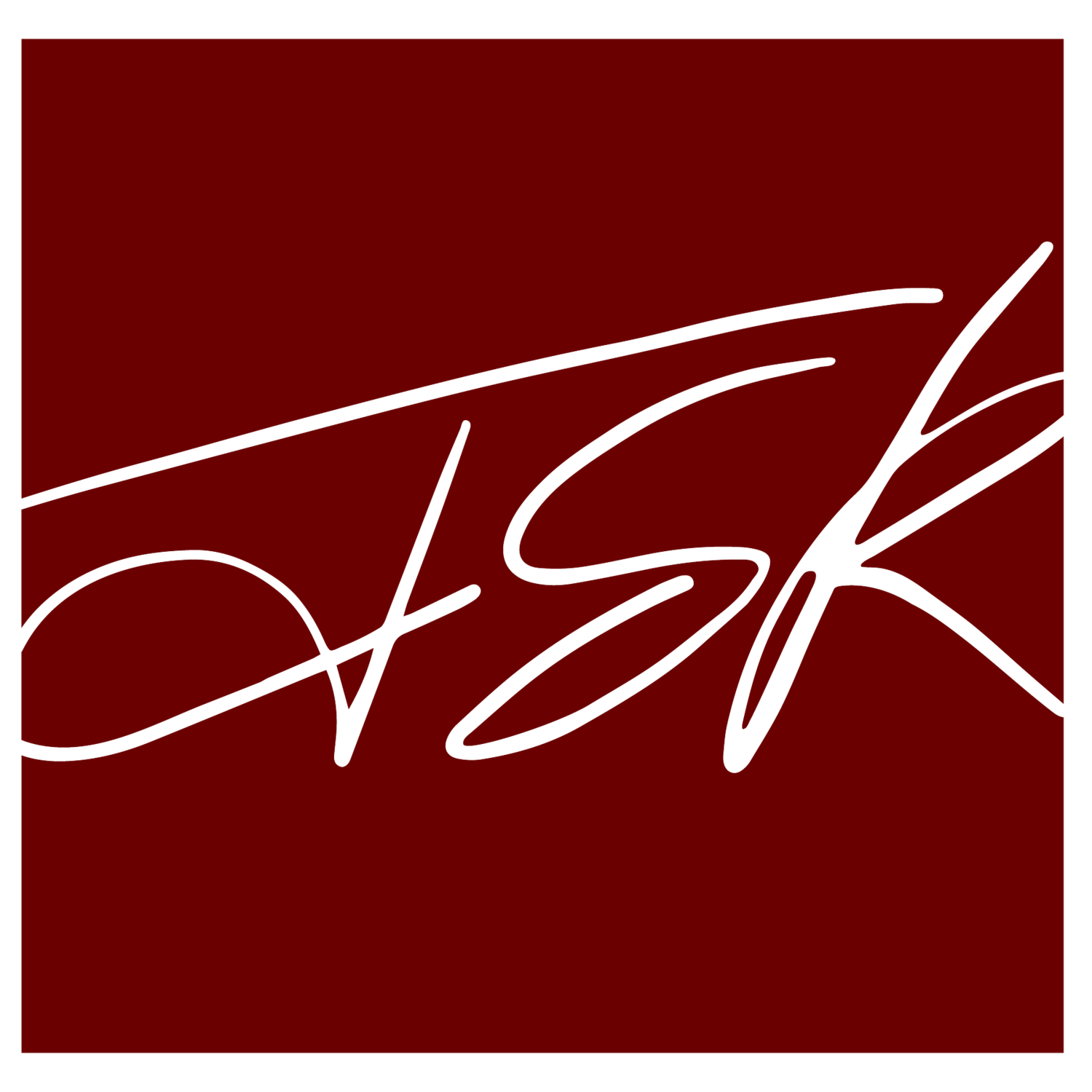It's upon us so here's how to make the most of it
By Jane Rohde, AIA, FIIDA, ACHA, AAHID, LEED AP, Green Globes CIEB Assessor
It seems I’d barely removed my pirate gear for Halloween, and the holiday bells were already hung with care on the storefront next to our office! This time of year is also referred to as “conference season” in our office, for the numerous long-term, acute, and outpatient care provider events happening, including Healthcare Design, Greenbuild, and many others!
Healthcare Design was recently held at the Gaylord Convention Center in National Harbor, Md.
It provided research, meaningful reunions of colleagues and friends, sharing of ideas, and looking to the future for innovative care and design solutions.
THE ROLE OF RESEARCH
A pre-conference session entitled, “Coaching Workshop: Practicing Evidence Based Design (EBD)” included teams of designers and providers working with EBD coaches. The three questions for evaluation to start an evidence based design process presented by Dr. Upali Nanda included:
- What’s the challenge?
- What’s the strategy?
- What are the outcomes?
As a design professional, it is essential to understand which tools are important to each group of users, including staff members, residents, patients, families, and volunteers. In order to explain and receive support for a recommended change, the user has to understand why the change in operation, flow, or design is important and who it benefits, and potentially what the return on investment looks like.
For example, if point-of-service storage is located within a resident or patient room, this is important to nurses because there will be less travel steps and more time for resident/patient direct care. This can be evaluated by providing a mock-up, tracking number of steps, and demonstrating the ROI in terms of time, impact to total FTEs, and resident/patient satisfaction.
Ellen Taylor, the director of research at the Center for Health Design, addressed evidence based design and the business case. We must look at the design implications with reduced reimbursements, she said. She recommended adding the risk manager into the integrated design team during the planning state of the project, as this assists with supporting a lifecycle evaluation versus simply a first-cost look at construction projects.
A CREATIVE KEYNOTE
I’m an avid Harley rider, so the keynote from Ken Schmidt (the brand visionary that marketed Harley as a lifestyle instead of a commodity) resonated with me. When considering design and your practice, are you simply a commodity that is traded back and forth based on price? Are you going after all projects in the same way, competing with the same other firms? Or are you setting yourself up for a future that differentiates your company and services? Ken Schmidt recommended that you fully study the following three questions in regard to your practice and your services:
- What are people saying?
- What do you want them to say?
- What are you doing to get them to say it?
He used the slogan, “What happens in Vegas stays in Vegas!” It has defined a destination that everyone is drawn to. And what do they do after a visit? They always tell everyone what happens!
My colleague and friend Teri Bennett, a designer at Johns Hopkins University, has coined the phrase, “Shiny is dirty, mat is where it’s at!” She uses it an expression for flooring characteristics. It’s much more effective than “Shiny doesn’t necessarily mean a floor is clean!” So what is your message as a designer and a firm, and how does it reflects what you want people to say and repeat about you?
INSPIRING INNOVATION
Product manufacturers are really listening and paying attention to the needs that healthcare providers and designers are looking for: solutions that address multiple issues. Wieland’s Accord Recliner has a transfer arm for ease of transfer bedside and a different locking/turning system that allows for the chair to turn and be maneuvered within the chair’s own footprint.
Patcraft introduced some interesting new backing solutions and has invested in new manufacturing for recycling operations and resilient flooring production in the U.S. Both hard surface and carpet solutions are being integrated for ease of selection by designers and performance outcomes.
Architex has introduced beautiful, durable vinyl upholsteries. You have to touch them to believe they are not textiles!
PressalitCare has completed a panel system that allows both sinks and toilets to be adjusted vertically. Grab bars are also adjustable to assist with transfer, allow for additional independence, and reduce fall risk.
Kwalu is creating a product and cleaning solution combo, which is very exciting for healthcare designers, care providers, and environmental services departments. They are partnering with Clorox to reinvent the cleaning process. I encourage designers to check out their new product and OMNOVA’s new vinyl upholsteries distributed by CF Stinson.
Article can be found online here.
